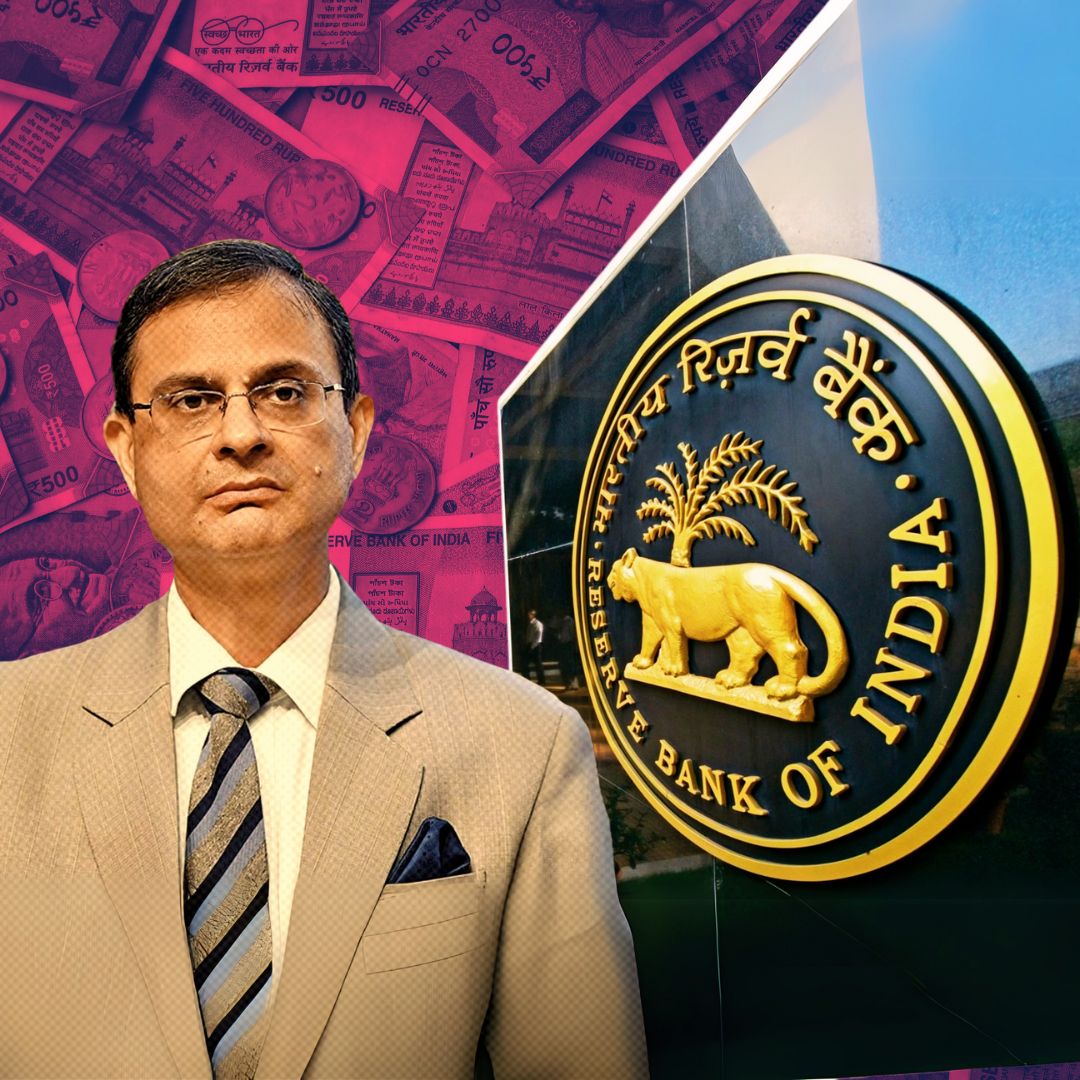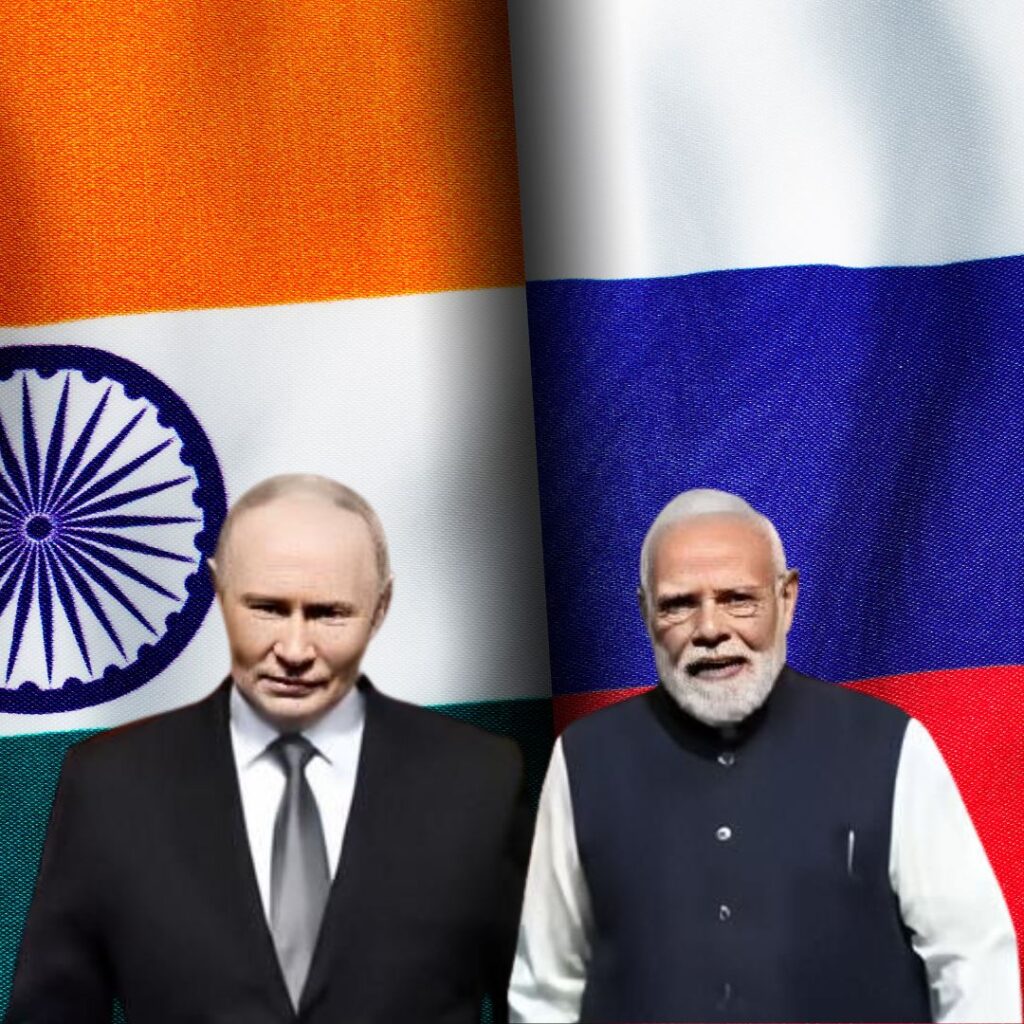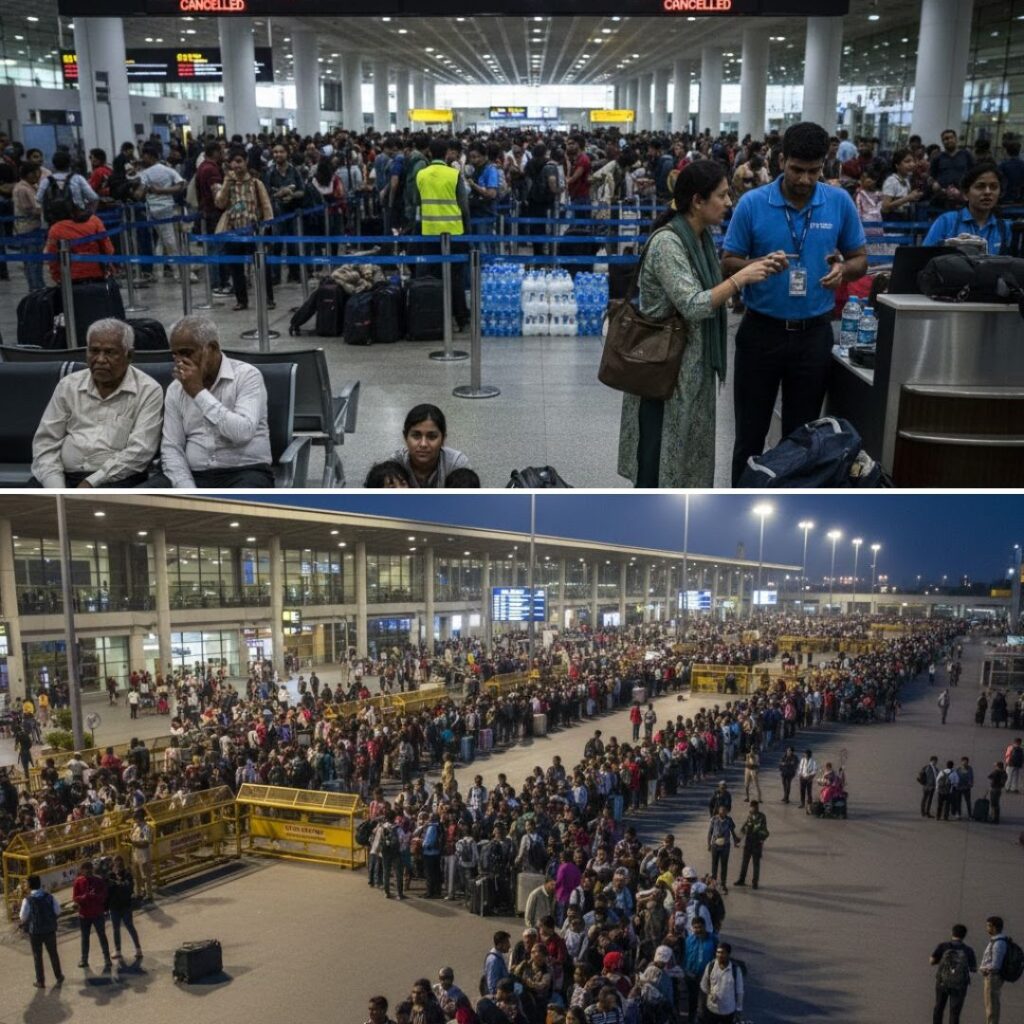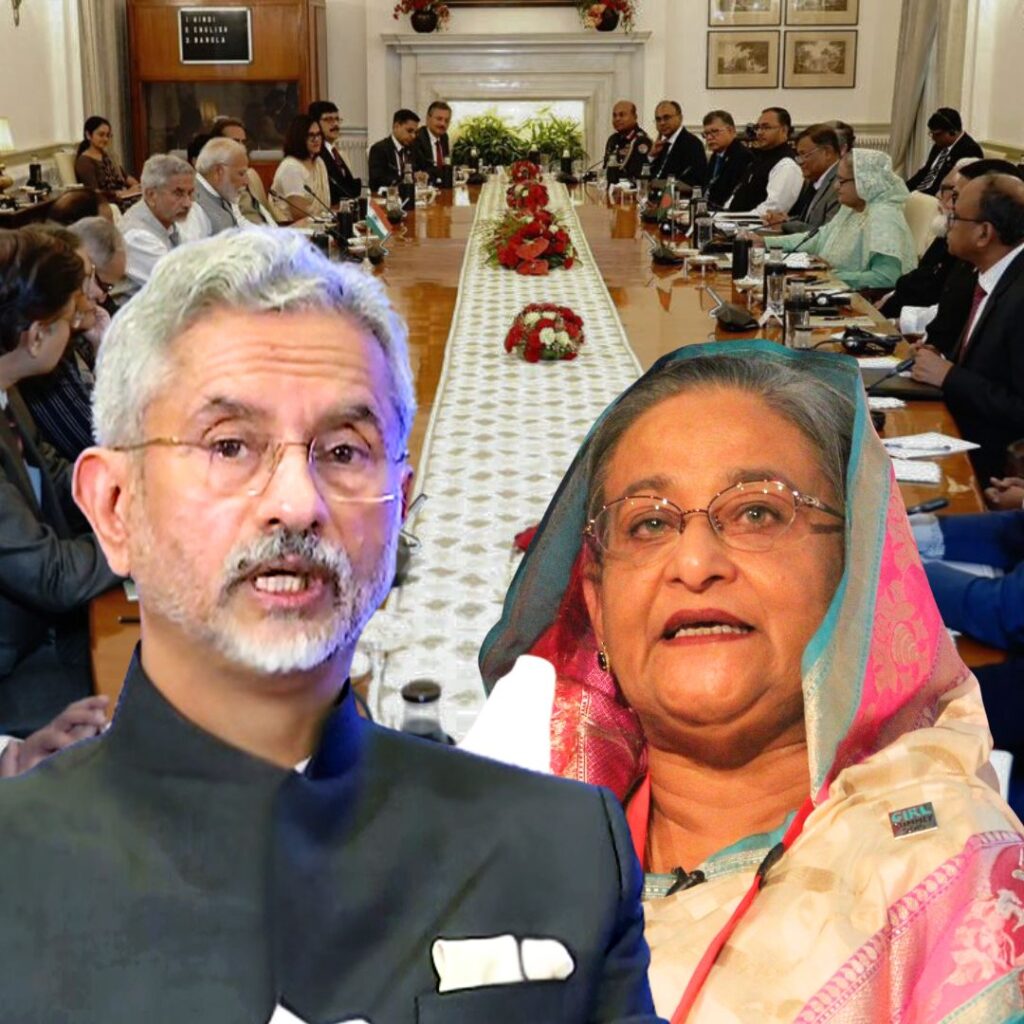The Reserve Bank of India (RBI), led by Governor Sanjay Malhotra, announced a significant 50 basis points cut in the repo rate to 5.5% on June 6, 2025, marking the lowest level since August 2022. This is the third consecutive rate cut this year, following two 25 bps reductions in February and April.
The Monetary Policy Committee (MPC) also shifted the policy stance from ‘accommodative’ to ‘neutral’, signalling a more cautious approach amid global uncertainties.
The RBI retained its GDP growth forecast at 6.5% for the fiscal year 2025-26 while lowering inflation projections to 3.7%, reflecting easing price pressures. This move is expected to reduce borrowing costs for individuals and businesses, potentially boosting consumption and investment in a slowing economy.
RBI’s Bold Move to Stimulate Growth Amid Easing Inflation
Governor Sanjay Malhotra emphasised that the 50 bps repo rate cut was a carefully calibrated decision aimed at sustaining India’s growth momentum while keeping inflation in check. “Maintaining price stability is essential to preserve purchasing power and foster confidence among households and businesses,” Malhotra said during the post-policy announcement briefing.
He added that the RBI’s decision reflects a balance between supporting economic activity and managing inflation risks, especially as retail inflation has steadily declined to 3.16% in April, well below the central bank’s 4% target. The MPC also noted that core inflation remains benign, and early monsoon forecasts are favourable, which together provide room for monetary easing.
The rate cut is expected to lower equated monthly instalments (EMIs) on home and vehicle loans and reduce interest expenses for corporate borrowers, thereby encouraging spending and investment.
Navigating Complex Global and Domestic Challenges
This latest rate cut follows two earlier reductions of 25 bps each in February and April 2025, cumulatively lowering the repo rate by 100 bps in the first half of the year. The RBI’s shift from an ‘accommodative’ to a ‘neutral’ stance signals a more measured approach going forward, with policymakers ready to respond to evolving economic conditions.
The central bank highlighted several external risks, including global trade disruptions, geopolitical tensions, and financial market volatility, which continue to pose challenges to India’s growth prospects. Domestically, while GDP growth projections remain moderate at 6.3 to 6.5%, credit growth has shown signs of slowing, prompting the RBI to act decisively to maintain liquidity and credit flow.
The RBI also reduced the Cash Reserve Ratio (CRR) by 100 bps to 3%, injecting additional liquidity into the banking system to facilitate lending.
The Logical Indian’s Perspective
The RBI’s proactive rate cut reflects a thoughtful balance between nurturing economic growth and safeguarding financial stability in a time of global uncertainty. By easing borrowing costs, the central bank is providing much-needed relief to households and businesses, potentially catalysing consumption and investment that can drive inclusive growth.
At the same time, the cautious shift to a neutral stance underscores the importance of vigilance in an unpredictable global environment. The Logical Indian believes that such monetary policy measures must be complemented by structural reforms and social policies that ensure equitable benefits across society.
As citizens and stakeholders, it is crucial to engage in constructive dialogue about how these decisions impact our daily lives and collective future. How do you think the RBI’s latest rate cut will influence your financial wellbeing and the broader economy?











